Blast Stools by Guy Mishaly
Though the liberal anti-war pacifist in me is initially repulsed by the idea, I must admit that something in my baser nature is intrinsically attracted to the concept of the Blast Stools Collection by Israeli designer Guy Mishaly. These perfectly unusual creations of sheet metal, pyrotechnic technology, and dynamite are literally blasted into existence—and they possess a look you won’t find anywhere else.
Blast Stool. Designed and Manufactured by Guy Mishaly.
Guy Mishaly Forges a Compelling Aesthetic with the Blast Stools
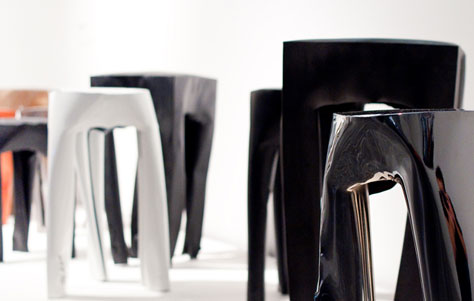
The one exception to the above statement of which I’m aware involves the Original Stool by Breaded Escalope, a series of furnishings created by tumbling a foam form across the landscape or down a roiling river. But that involved a soft material and an ultimately soft look and feel—quite the contrary to Mishaly’s hard edges of cinder-tinged metal.
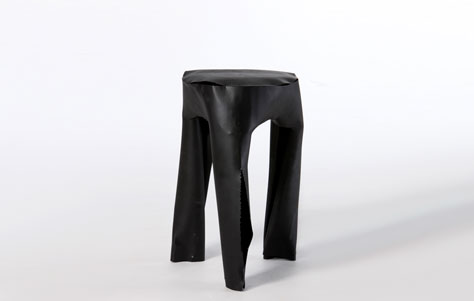
Mishaly’s process is as simple as it sounds, making the chosen name for the collection a rather concise and accurate—if blunt—descriptor for the stools. The designer simply laser cuts sheets of metal (first neatly inscribing the name “Blast” on the surface); then forms them into perfectly cylindrical or rectangular shapes; then drives them out to the desert and blasts the bejeezus out of them (see the video).

The rest involves the subtler art of fine finishing, as Mishaly polishes the pieces to a resplendent hue, which yet retains some semblance of the explosive antics to which they’ve just been subject.
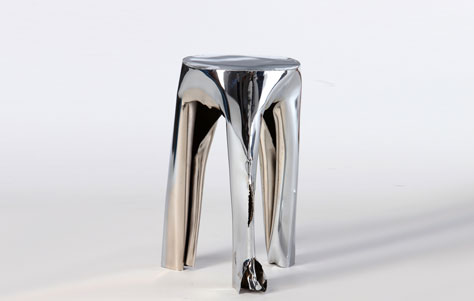
Via Chairblog.
About the Designer: Israeli designer Guy Mishaly brings an interesting perspective to bear on the unusual method used to create his signature Blast Stools: “The sphere of destruction is so developed in Israel that it can almost be considered a local ‘raw material’ around which various industries and tremendous knowledge have developed.” The goal of these artifacts of explosions, says Mishaly, was to channel this kind of typically destructive energy into a force for creation. It was also to “invent a system that in the same way of use will always provide different results.”
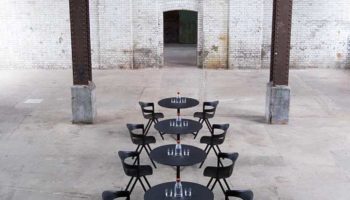
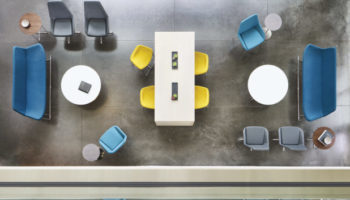
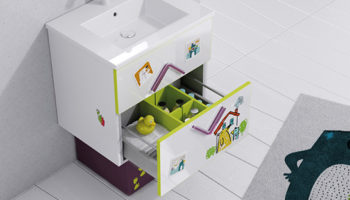

Leave a Reply